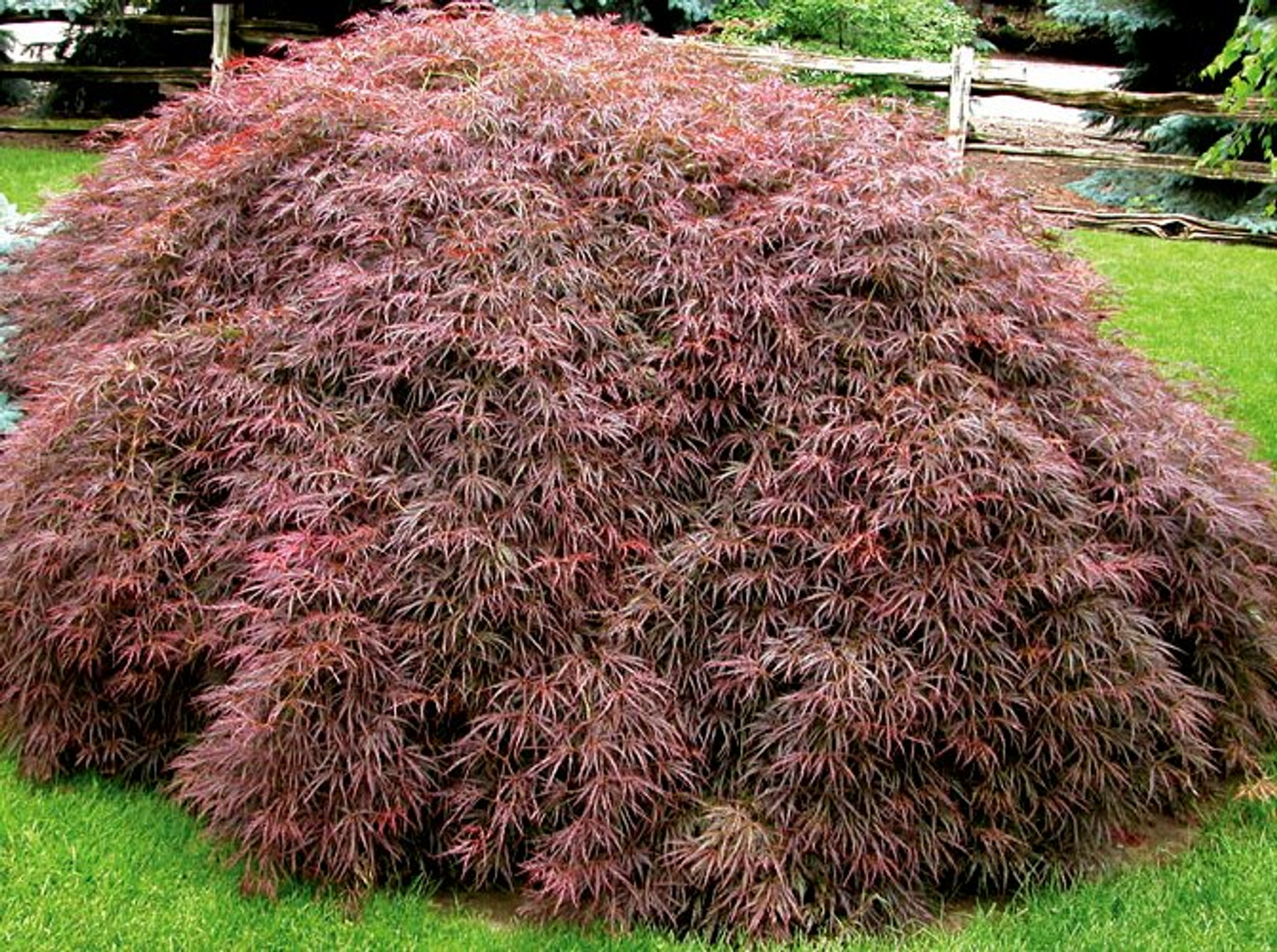

Water thoroughly and cover with a one to two-inch layer of mulch. Do not place any backfill mixture on the top of the rootball. When planting on level ground, and your rootball is higher above the ground, taper your backfill soil mixture from the top edge of the rootball gradually towards the grade. Pull your backfill soil mixture around the root ball in the hole, tamping as you go to remove air pockets. Set the plant into the hole you've prepared, making sure the top of the root ball is slightly above the soil level (1/3 of the rootball above the ground if planting on level ground) to allow for settling. Remove your plant from its container and carefully but firmly loosen the roots around the exterior of the root ball. If the native soil is dense, compacted or heavy clay mix in a good organic compost or soil amendment at a 30/70 ratio with the soil removed from the hole. Turn and break up the soil removed from the planting hole. If the water is still standing 12 hours later, improve the drainage in your bed, perhaps by establishing a mound to plant your tree in. If the hole drains within a few hours, you have good drainage. To plant a Japanese maple, dig a hole no deeper than the root ball and two to three times the width of the root ball and fill it with water. Underplant them with low growing shrubs or groundcovers. Don't plant them too close to other trees or large shrubs that might overcrowd them in the future. Use them to accentuate an entryway or as a focal point to draw attention to a certain area of the landscape or home. Japanese maples stand out best when they are planted as a single specimen. In the deep South, where the sun is stronger during summer, they benefit from some afternoon shade. Bright sunlight and hot summers do not kill trees, but in hot summer areas, the newest leaves may burn and scald when exposed to full, all-day sun. Ideally they prefer to be grown in similar conditions. In their natural habitat, Japanese maples are understory trees, growing in dappled forest sunlight and at the edges of woodlands. Japanese maples will grow in sun or shade but, in the deep South, they benefit from some afternoon shade.

Crimson Queen can grow in a wide range of soil pH preferring a slightly acidic soil.

Wet soggy soil around the roots is a killer. Plant the the Crimson Queen Japanese maple in sites that provide most any type of well-drained soil.


 0 kommentar(er)
0 kommentar(er)
